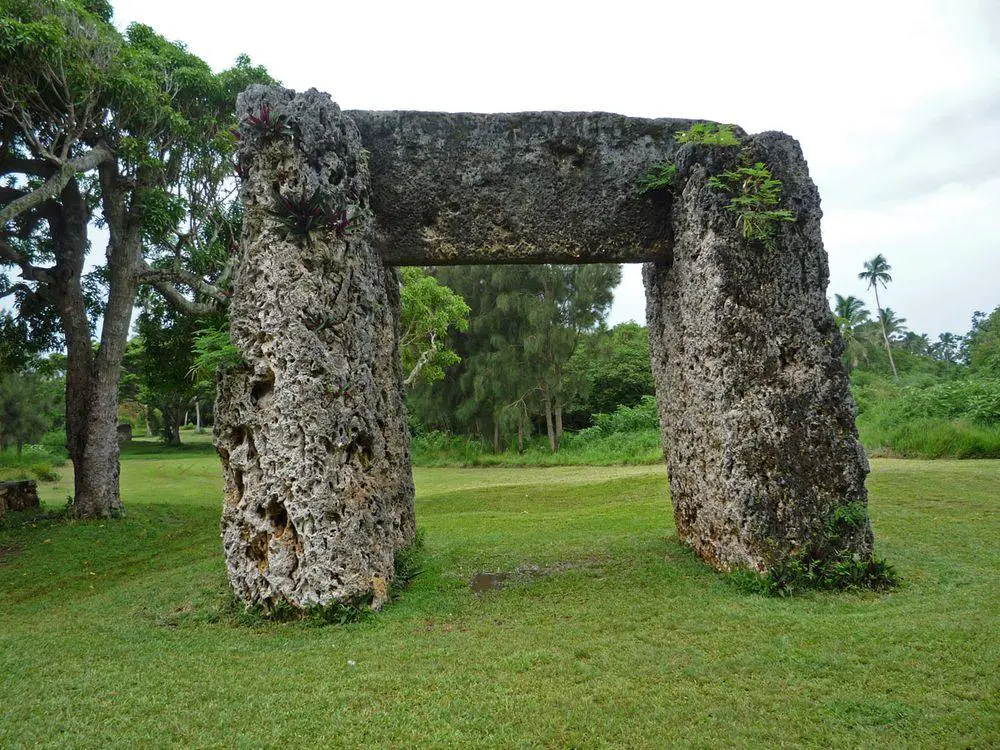Wondermondo 🢖 World 🢖 Wonders of Australia and Oceania 🢖 Wonders of Polynesia 🢖 Wonders of Tonga
Territory
Wonders of Tonga
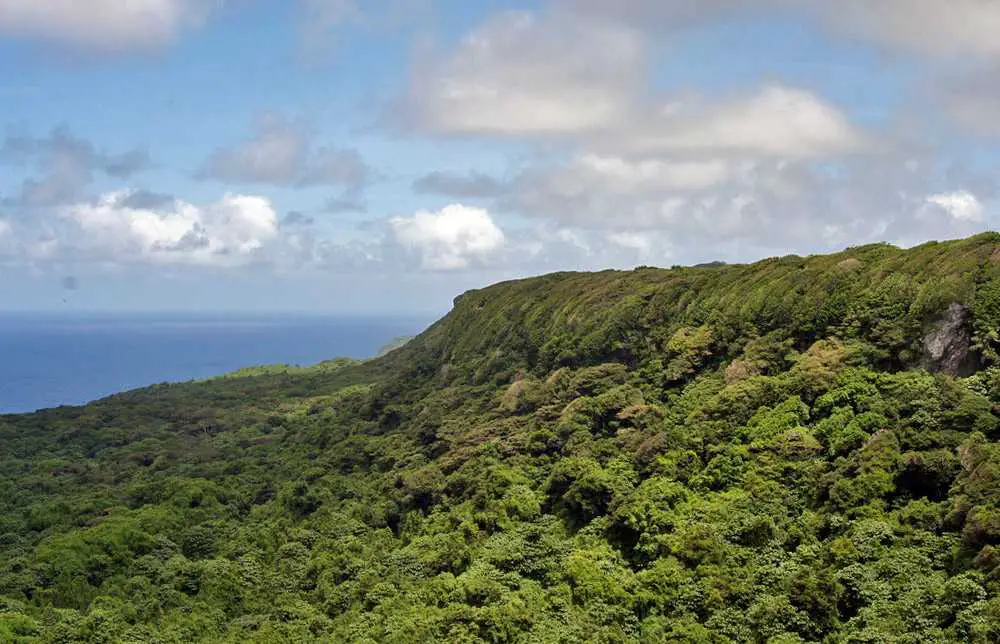
 Highlights
Highlights
The Kingdom of Tonga consists of 176 islands, land area is 748 km². In spite of the small size, the country has an amazing number of interesting landmarks. The most amazing wonders of Tonga are:
- Archaeological heritage. Tonga and Samoa are two likely sites where the Polynesian culture has been born – here are located the oldest settlements where the ornate Lapita ceramics are found. In Tonga are located several surprising megalithic structures.
- Scenery and wildlife in ‘Eua and several volcanic islands (Tofua, Kao, Niuafo’ou).
Map with the described wonders
If you see this after your page is loaded completely, leafletJS files are missing.
 Top 24 wonders of Tonga
Top 24 wonders of Tonga
Geological wonders
Home Reef
Vava’u
Ephemeral volcanic island. After eruptions, it rises above the sea and then is washed away. The last time such an event took place was in 2006, when the island became 0.5 by 1.5 km large, with hot crater lakes on it. There are several more such ephemeral islands in Tonga.
Swallows Cave
Vava’u
Spectacular cave in steep sea coast. The cave is partly flooded and thus represents a spectacular dive site. Hundreds of swallows live in the cave. Cliff drawings by Tongans.
Mapu a Vaea
Tongatapu
Group of spectacular, up to 18 m high blowholes at the sea. Here the wave action has created travertine terraces and pools with numerous blowholes. Fascinating and unusual landscape.
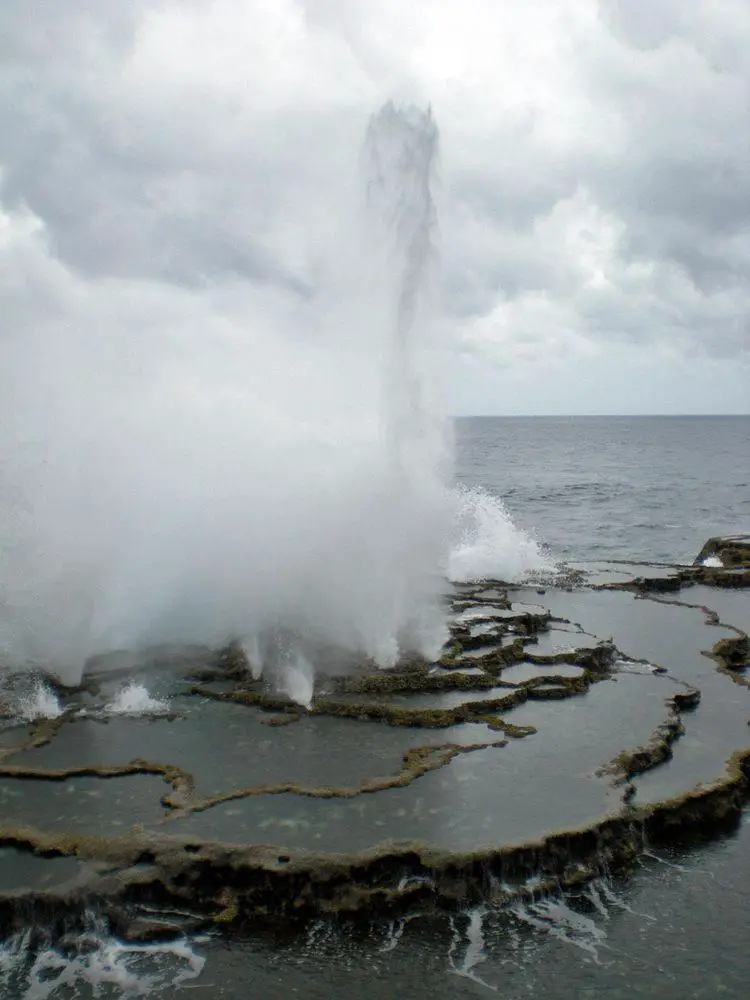
Liangahuo a Maui
Eua
Spectacular natural arch at the sea.
Hufangalupe
Tongatapu
Impressive natural bridge at the sea.
Matalanga ‘a Maui
Eua
Very impressive sinkhole.
Makalea Cave
Eua
A narrow, approximately 40 m deep sinkhole (or vertical cave?) with vertical walls and eerie echo effect.
Fonualei fumarole field
Vava’u
Active island volcano with an active field of fumaroles in the center. Frequent eruptions.
‘Ana ‘Ahu (Smoking Cave)
Eua
Some 80 m deep, vertical cave (or sinkhole?) with smooth walls. A small stream falls into it and constant mist rises up from the hole.
“Cathedral Cave”
Eua
Magnificent marine cave, rich with life.
Biological wonders
‘Eua National Park
Eua
Important pristine tropical forest (499 ha) with beautiful scenery and many endemic species of plants and animals. Especially impressive are the dramatic cliffs on the eastern coast of the island. ‘Eua is the only place where a conifer Podocarpus pallidus is met. Not more than 1,000 trees are left.
Giant ‘Ovavas of ‘Eua
Eua
Several giant banyan trees (‘ovava) in the primeval tropical forest.
Nuku’alofa rain tree
Tongatapu
Giant rain tree (Albizia saman) – an introduced tree from Latin America.
Archaeological wonders
Ha’amonga ‘a Maui (Trilithon)
Tongatapu
Amazing megalith – a trilithon of three limestone slabs, located in the second capital of Tonga (established around the 10th century AD). Each stone weighs some 20 tons and is some 6 m high. Built at the beginning of the 13th century, possibly as a royal gateway. Nearby is a large upright stone slab – Maka Fa’akinanga – a legendary throne of the king.
Langi in Afa
Tongatapu
The oldest megalithic burial mounds in Tonga, built by the mighty king Tu’itatui in the 12th century AD. Remnants of two langi are seen – Langi Heketā and Langi Mo’ungalafa.
Langi in Lapahi
Tongatapu
Burial mounds in the first capital of Tonga – Lapahi (Mu’a). Here are buried the kings of the Tu’i Tonga dynasty. Lapahi was the capital of Tonga in the 12th – 16th centuries and after this, for several centuries – a spiritual center of Tonga. The town contains some 28 royal burial mounds – elevated platforms (pyramids), laid with enormous, rectangular coral slabs. These coral slabs fit together very well. One of the best-preserved langi is Paepae-o-Tele’a.
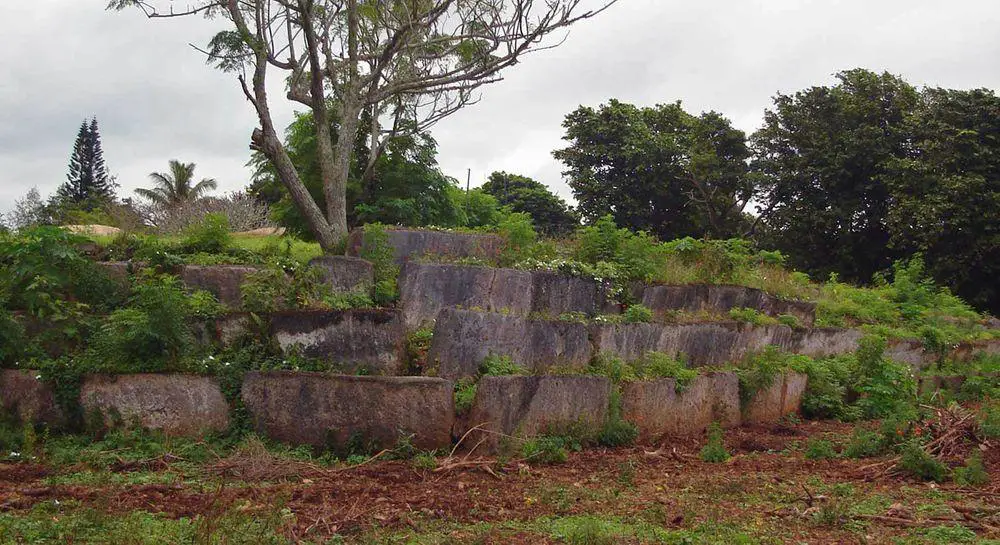
Houmale’eia petroglyphs
Ha’apai
A group of more than 50 petroglyphs – stylised depictions of humans and animals, footprints. Analysis shows that these signs could be carved around 1400 – 1600 AD.
Tongoleleka
Ha’apai
A site of ancient settlement from the Lapita period (850 BC). Here have been found nearly 50,000 shards of ceramics including many shards of decorated Lapita ceramics. Site is rich with remnants of extinct reptiles (the up to 1.2 m large iguana Brachxylophus gibbonsi), megapode (Megapodus alimentum), many extinct doves, and other extinct species.
Telekivava’u petroglyphs
Ha’apai
Group of petroglyphs at the beach.
Nukuleka Lapita sites
Tongatapu
Possibly the first settlement of the Lapita people in Tonga (900 BC). Some scientists love to declare that Polynesian culture is born here – a thesis contested by some researchers of prehistoric sites in Samoa.
Architecture and legendary wonders
Siaulufotu
Ha’apai
The largest pigeon snaring mound, built in the 15th century. The volume of this unusual structure is 8 876 m³, it is covered with enormous stone blocks that are fitted well together. Pigeon snaring mounds are unique structures, characteristic of Tonga.
Mariners Cave
Vava’u
A site of legends – reportedly here was hidden a beloved of one young nobleman who was afraid of the king.
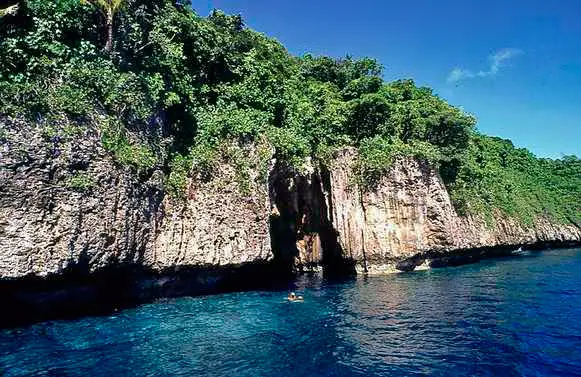
Neiafu St. Joseph’s Cathedral
Vava’u
A beautiful and ornate, white church, established by Marists – zealous catholic missionaries in the middle of the 19th century.
Royal Palace in Tonga
Tongatapu
An ornate wooden building, constructed in 1867.
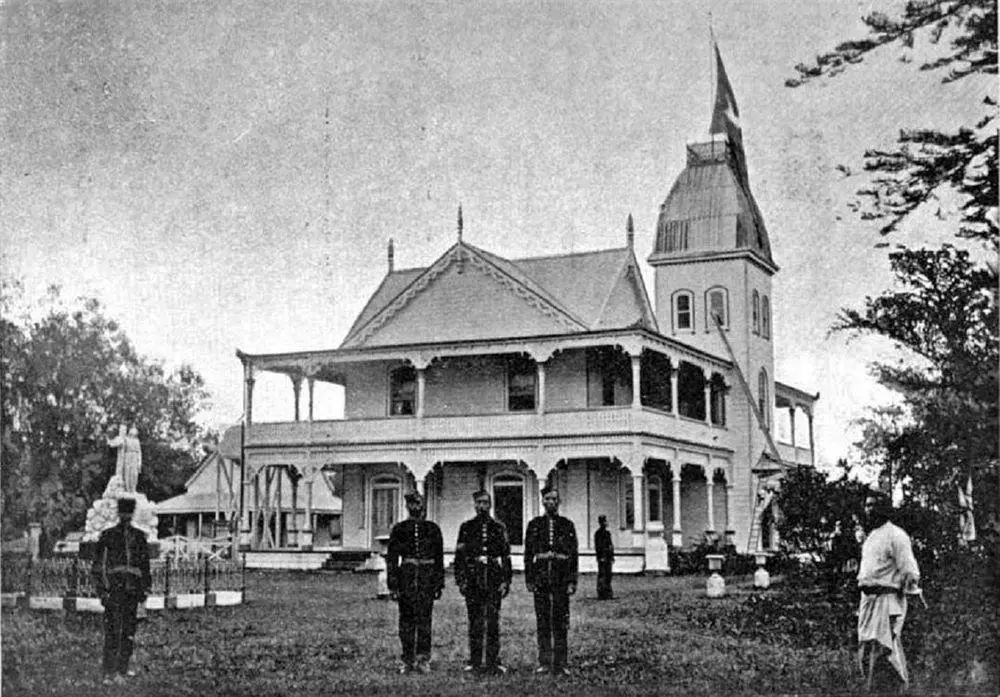
 Recommended books
Recommended books
Tonga (Other Places Travel Guide)
Tonga has eluded outsiders for much of its history. From the imperial powers of Europe to modern-day travelers, Tonga has often been overlooked amongst the South Pacific island nations. But for those who do venture to this archipelago nation, a timeless Polynesian experience awaits; one that is all its own.
The writers of this guidebook each lived, worked and played throughout Tonga as Peace Corps Volunteers. They lived with local families, learned village life, and experienced this fascinating country as few outsiders have before.
Making Sense of Tonga
This guide to the Kingdom of Tonga’s rich Polynesian culture is a user-friendly description of what makes Tongan society so unique. Wonder why a Tongan won’t have eye-to-eye contact? Wonder why the Tongan keeps flicking his eyebrows? Wonder what that woven mat is around the Tongan’s waist? These and many more fascinating elements of what makes up day-to-day Tongan life are described with a touch of humor for easy digestibility.

